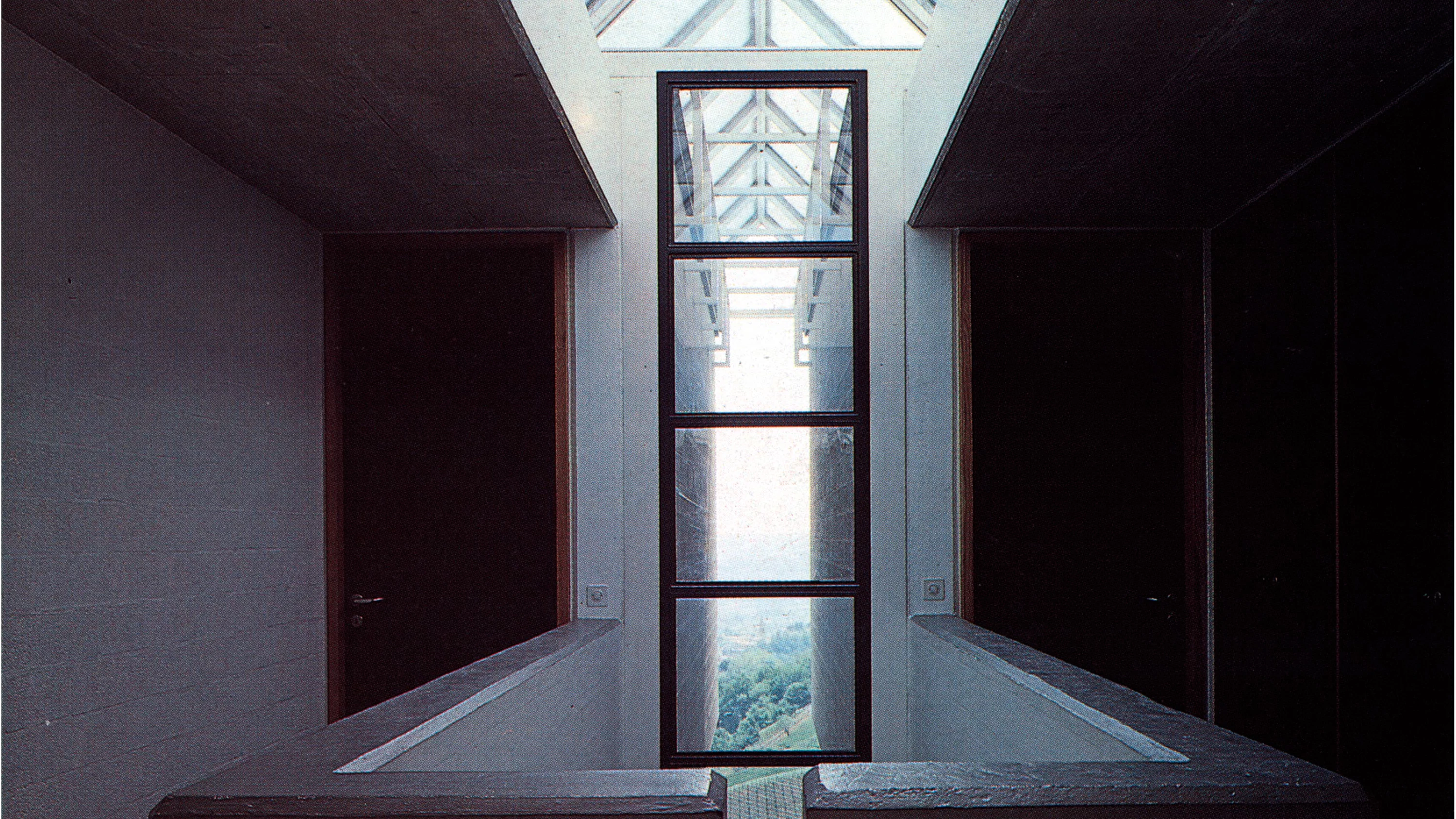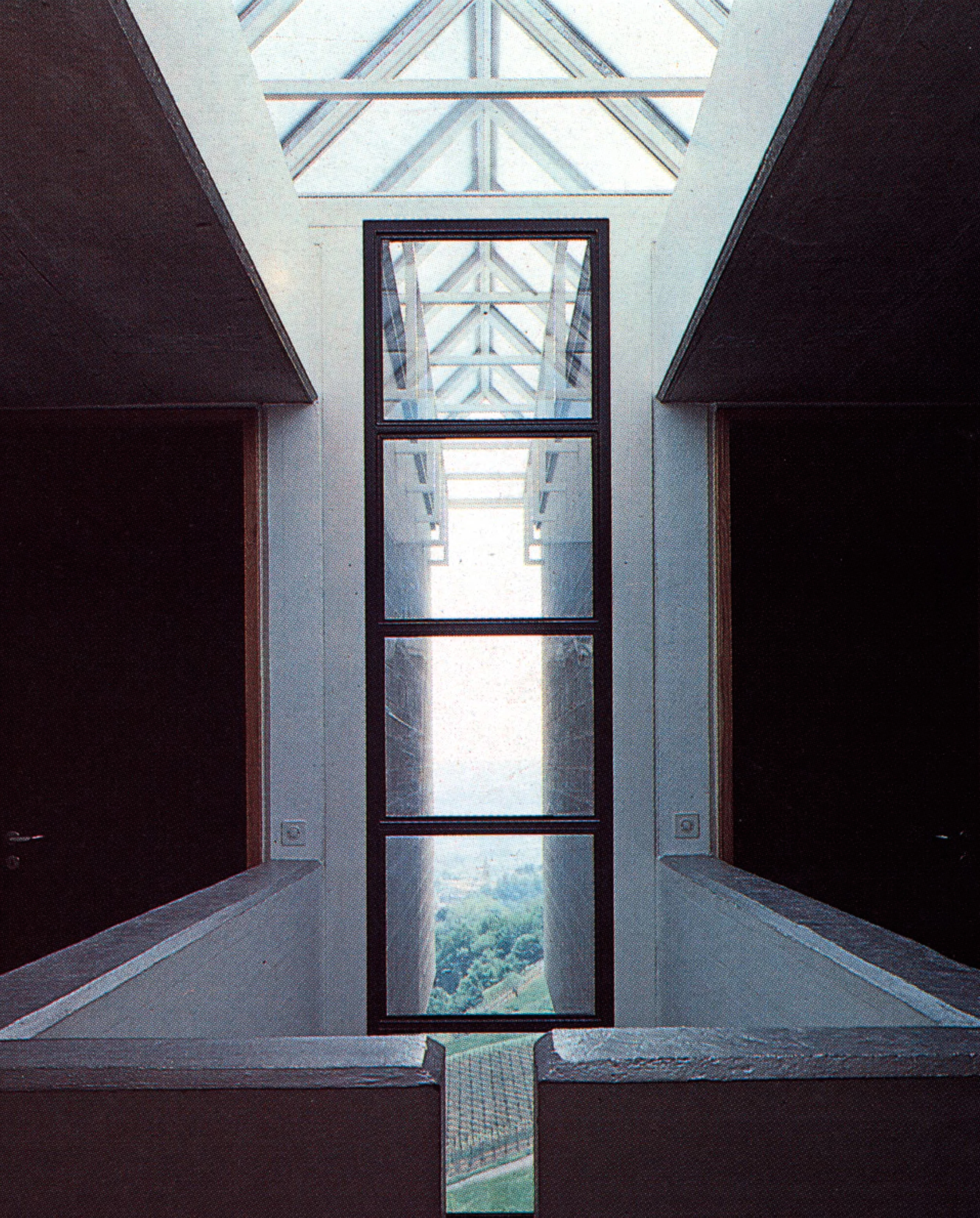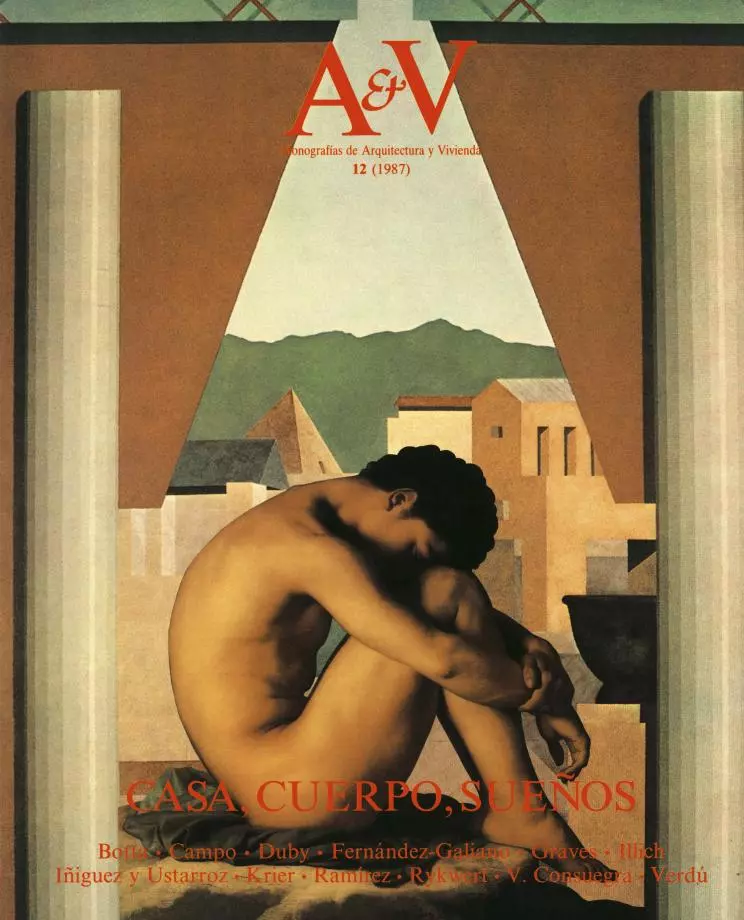Una villa, Morbio Superiore
The Caprice of Perfection- Architect Mario Botta
- Type Housing House
- Material Brick Concrete blocks
- City Arosa
- Country Switzerland
Mario Botta is famous for having built a series of houses in the hills of his native region, the Italian canton of Switzerland. They are all variations on the same theme, the unique type of closed and geometric construction that forms strict objects in the landscape. Botta refers to integration in a landscape through contrast, though he does not repeat the classic country houses of Ticino. Those who introduced the concept of new regionalism, or critical regionalism, see a reinterpretation of tradition using new precepts in these houses, but the new precepts are autochthonous ones. In Frampton's opinion, Botta’s work is most certainly Swiss, in that it is clear and polished, but it is also regionalist because it responds to a place in indigenous terms.
Botta’s homes, of which this is a recent example, are surprising for their neatness, which is deliberately elementary but costly, and for their relentless conservation, that Rob Krier so admires. They are houses in which the idea that organizes space is very demanding, but they are expensive houses in which domestic touches are sacrificed to architectonic expression. One of the connotations that integrates them into the landscape is the reference to military or agricultural construction; the house is subject to an order like that of a castle, it presents the logic of a granery or of a barn with a veranda.
Botta is part of the same tradition as Kahn and Scarpa as concerns the expression of his simple constructive elements and the geometric definition of spaces, while the articulation mechanism of uses and spaces is reduced as much as possible. The consequence are complex but unitary and symmetrical spaces. The formal metaphors (the facade is like the chimney, the floor is like the elevation) are based on a strict order that is so manifest that they make the architectural style a useful example to repeat in academia. On the other hand, though, it would be difficult to imitate the sensitivity with which the traditional and austere work in brick, wood and stone is translated into cement blocks, metal and concrete…[+]







